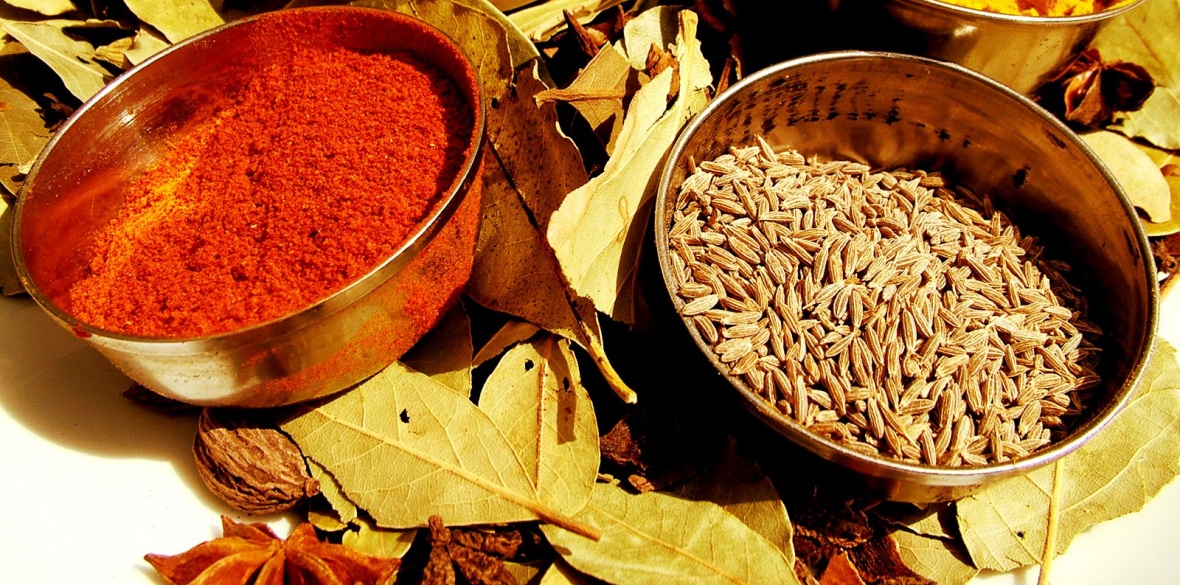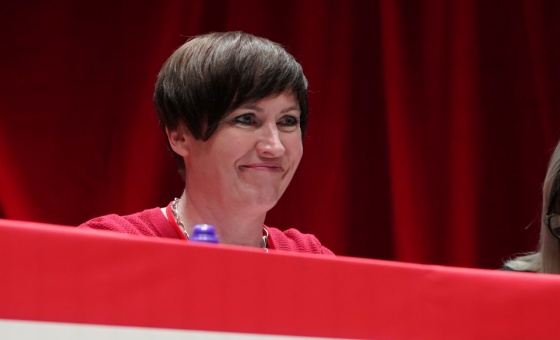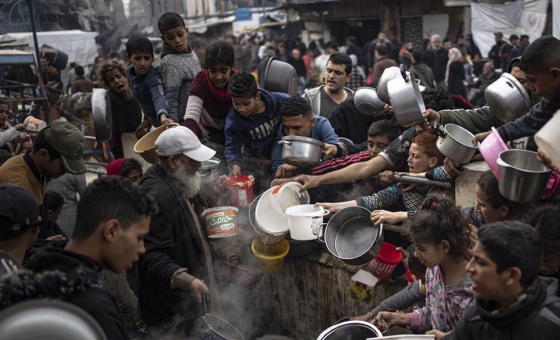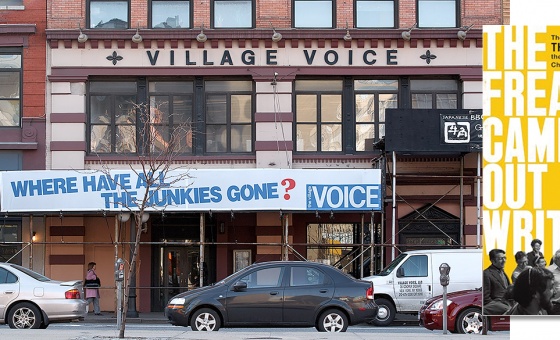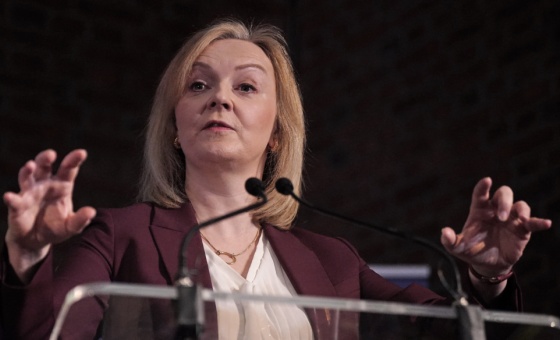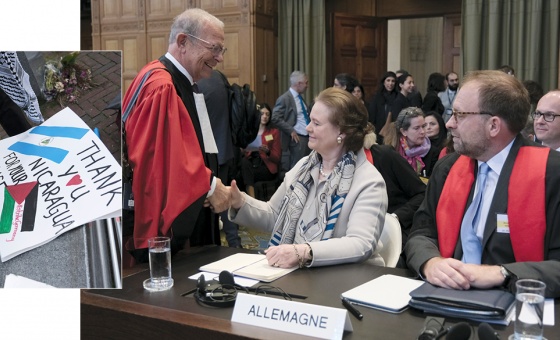This is the last article you can read this month
You can read more article this month
You can read more articles this month
Sorry your limit is up for this month
Reset on:
Please help support the Morning Star by subscribing here
OVER the last few months I have been studying and celebrating the 70th anniversary of Indian independence and learning a lot more about that turbulent period in Britain’s shameful imperialist history.
Despite what you and I were taught at school and on various boy scout Empire Day celebrations, Indian independence wasn’t a benevolent gift from King George VI, the last Emperor of India or from Lord Mountbatten, last Viceroy of India but was in fact the result of a long-fought battle by the various peoples of the Indian subcontinent to throw off the yoke of British imperialism.
The result of Britain’s hurried and botched independence arrangements saw famine, mass migration, millions of violent deaths and three countries finally emerging from the chaos. Those countries were India and West and East Pakistan. East Pakistan became Bangladesh in 1971.
We still talk of Indian food eaten in Indian restaurants but in fact well over 80 per cent of those so-called Indian restaurants are owned and staffed by people from Bangladesh. Many of them came originally from the city of Sylhet in north-east Bangladesh.
Two thirds of all meals out in the UK are at least inspired by the cuisine of the Indian subcontinent and the trade is estimated to be worth £4.2 billion a year
Over 100,000 staff are employed by the more than 9,000 curry restaurants in the UK and, in fact, in London there are more restaurants serving Asian food than there are in Bombay and Delhi combined.
Now our government in its rush to appease racist, anti-immigration sentiment is making it more difficult for skilled curry chefs and other restaurant staff to come here to service the curry lovers of Britain.
The British have actually enjoyed food with a bit of bite for a long time. An English cookbook, The Forme of Cury, was published as early as the 1390s. All hot food of the time was referred to as cury. It came from the French word “cuire” which means to cook.
Over 200 years ago, in 1810, an Indian migrant opened Britain's first curry house to cater for the fashion for spicy food. Dean Mahomed called his curry restaurant the Hindoostanee Coffee House and diners could smoke hookah pipes and recline on bamboo sofas as they tucked into spicy meat and vegetable dishes.
Although this is generally agreed to be the first dedicated curry house, many Britons already had a taste for curry. Many had brought the taste for curry home from army, diplomatic or tea planting service in what we arrogantly called British India.
A handful of British coffee houses had started to serve curries alongside their less exotic offerings.
It wasn’t only men who went to serve the Raj in India and when some of their wives and servants returned, they brought both a taste for curry as well as the skills and recipes to make them.
Some wrote out their own recipes, others may have used one of the many editions of Hannah Glasse's The Art of Cookery Made Plain and Easy, first published in 1747, which contained several recipes for curries and pilaus.
Glasse’s recipes were mild, made with coriander seeds, salt, peppercorns and lemon juice. Later, British cooks would have adopted ginger, cayenne, turmeric, cumin and fenugreek.
The chilli comes from South America, not Asia, and didn't reach India until the 1600s with the Portuguese. Before that, Indian food was spiced with pepper and mustard seed so these old recipes for milder curries may be more authentic than we think.
Piccalilli, now a very British pickle, was an early English attempt at Indian dish. Rice based kedgeree became a popular country house breakfast dish for the well-to-do.
Curry became so popular that by 1852 a popular cookbook stated few dinners are thought complete unless there is at least one curry on the table.
The enthusiasm for all things Indian including curry cooled somewhat after 1857, when Indian soldiers rebelled against British rule.
By the beginning of the 20th century, the British diet, at least for the affluent, was dominated by red meat and vegetables, such as cabbage and potatoes.
Over the next few years a number of Indian sailors jumped ship or were dumped at major ports, including Cardiff and London. Many of these seamen were from Sylhet and opened cafes, mainly to cater for fellow Asians.
In the 1940s, they bought bombed-out chippies and cafes and sold their native curry and rice alongside fish and chips and pies. They stayed open really late to make money to catch the after-pub trade. And so the ritual of the post-pub curry was born.
After 1971, there was an influx of Bangladeshis following war in their homeland. Many entered the catering trade, particularly in London's rundown East End and today they still dominate the curry industry.
The demand for tasty curry grew and grew. Labour’s former foreign secretary Robin Cook once even described chicken tikka masala as “a true British national dish.”
The masala sauce and indeed what Cook claimed to be Britain’s most popular curry was actually invented by a curry chef in Glasgow decades ago (though this is disputed) to satisfy customers who demanded gravy with their curry.
Today, curries and the places that sell them are moving up market and getting posher and more expensive. Some are serving many tiny taster dishes in Spanish tapas style. On my visits to India, I found the food delicious but not at all like the offerings the curry restaurants of Britain serve.
Like millions of other people of all races, colours and creeds, I’ll be celebrating Indian independence with just one of the wonderful gifts that immigrants from the subcontinent have made to our country’s culture — I’m off to have a curry.
A word about words
THERE are many suggestions about the origins of the word curry. One theory suggests the word comes from kari, Tamil for sauce.
Over 600 years ago in 1390, the English cookbook, The Forme of Cury, was published. All spicy food of the time was referred to as “cury.” It came from the French word “cuire” which means to cook.
A further suggestion is that the word derived from curdi, a yoghurt based spicy soup originating in Gujarat, Western India.
The Indian subcontinent has over 22 official languages and over 16,000 other dialects. Only around 150 of these have a sizable speaking population.
They have made a major contribution the British tongue. Here are a few examples: atoll, avatar, bandana, bangle, bazaar, Blighty, bungalow, cashmere, catamaran, char, cheroot, cheetah, chintz, chit, chokey, chutney, cot, cummerbund, curry, dinghy, dungarees, guru, gymkhana, hullabaloo, jodhpur, jungle, juggernaut, jute, khaki, kedgeree, loot, nirvana, pariah, pashmina, polo, pukka, pundit, purdah, pyjamas, sari, shampoo, shawl, swastika, teak, thug, toddy, typhoon, veranda, yoga.

